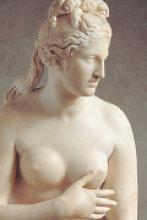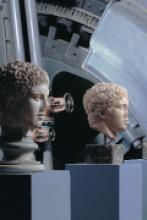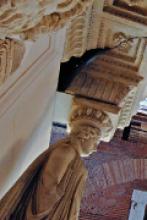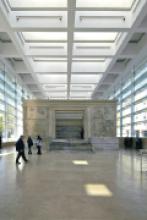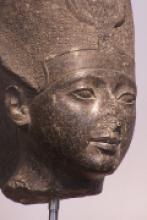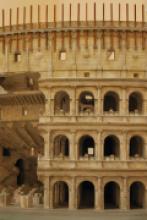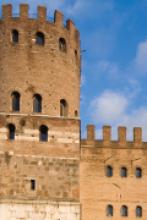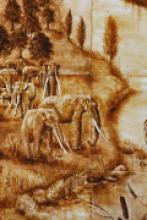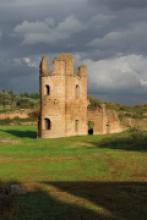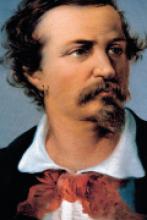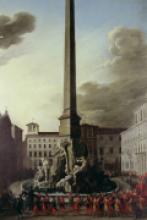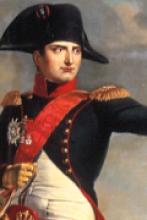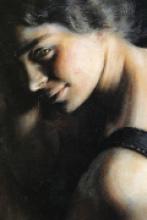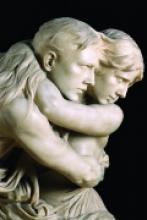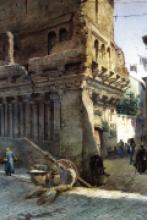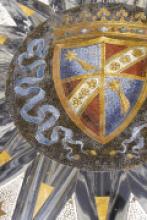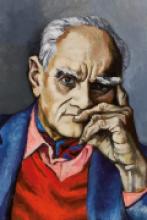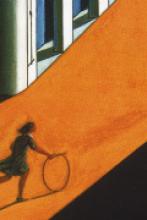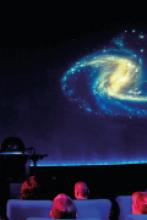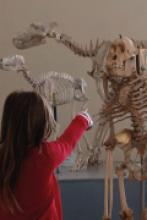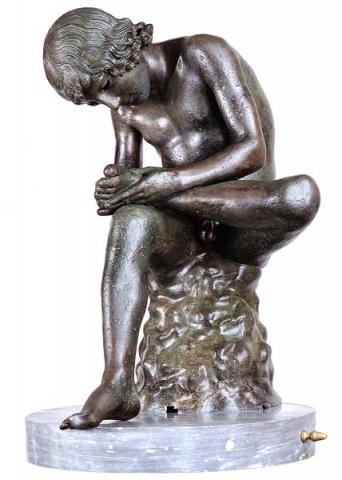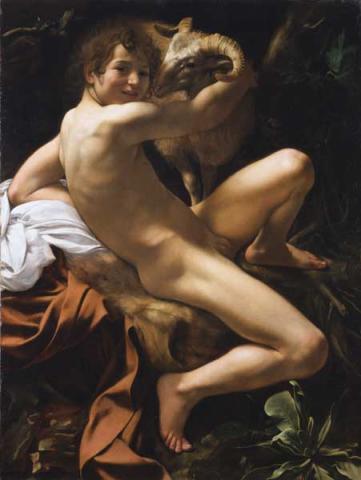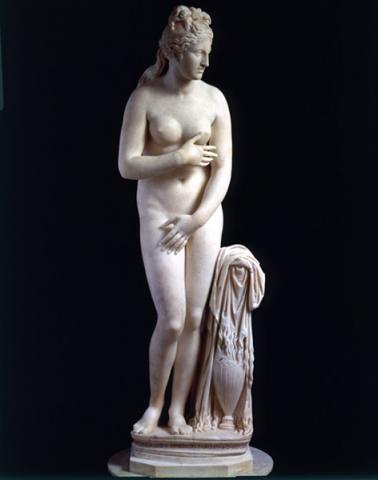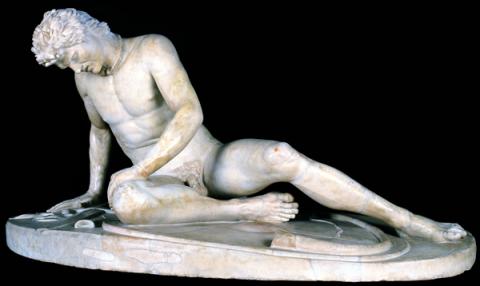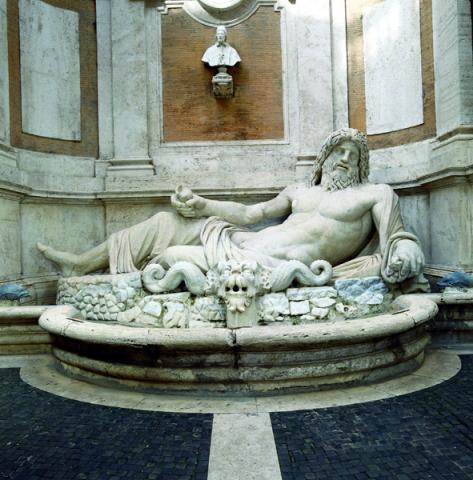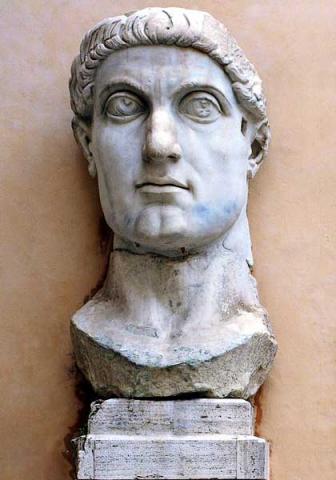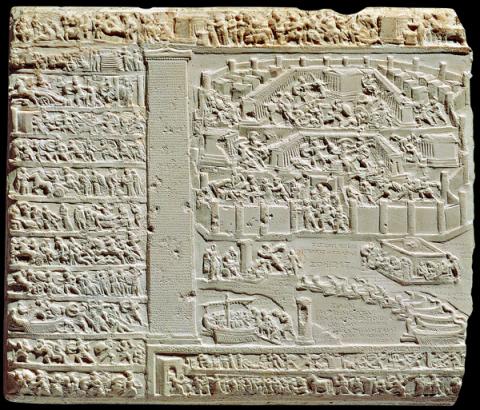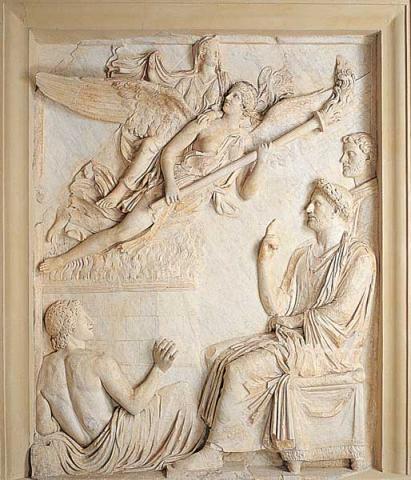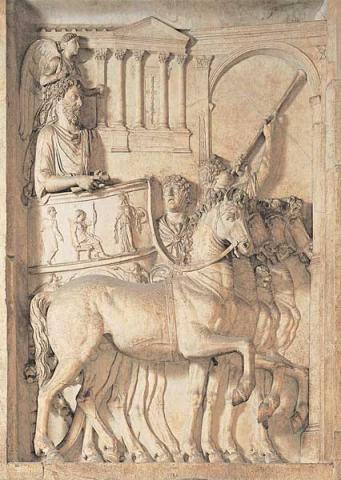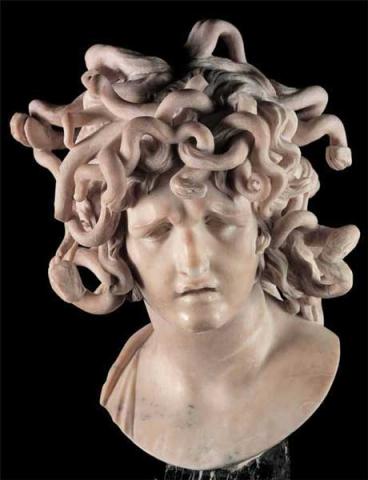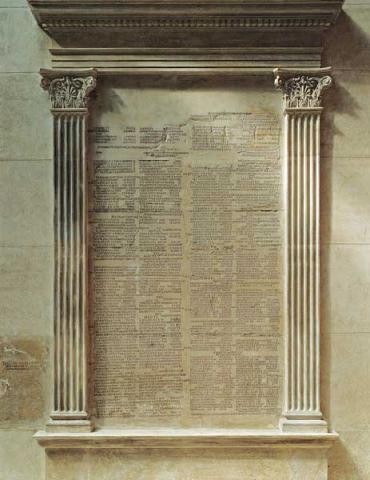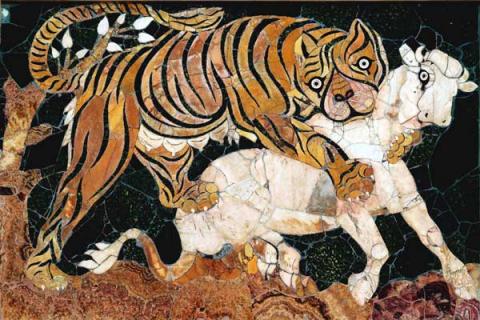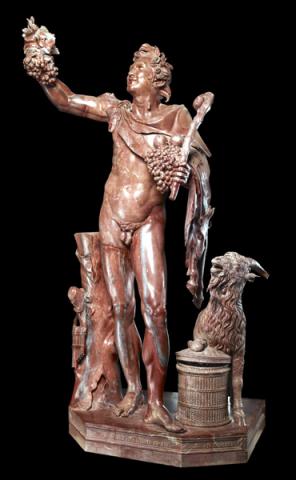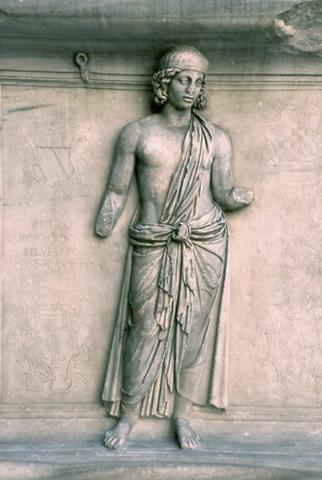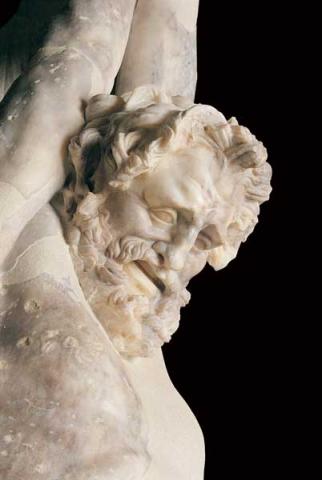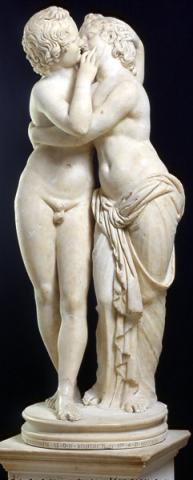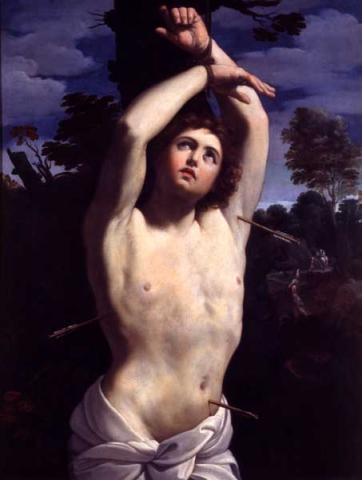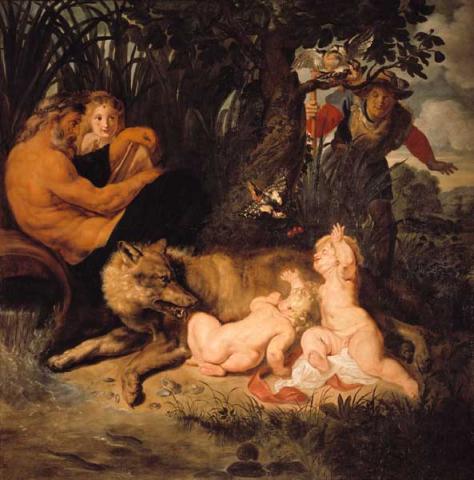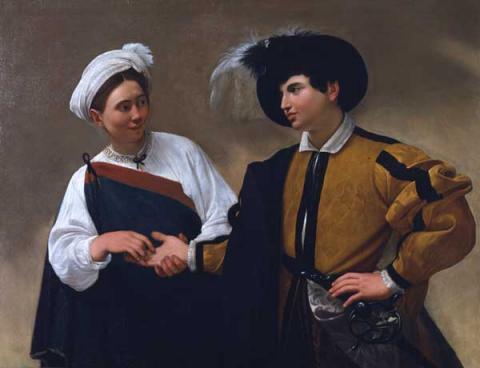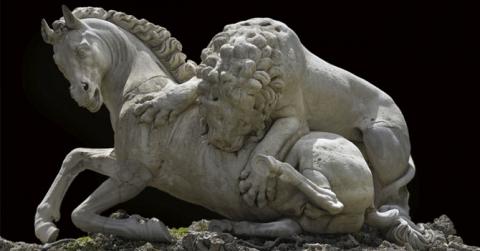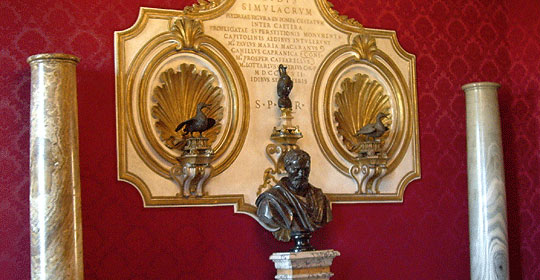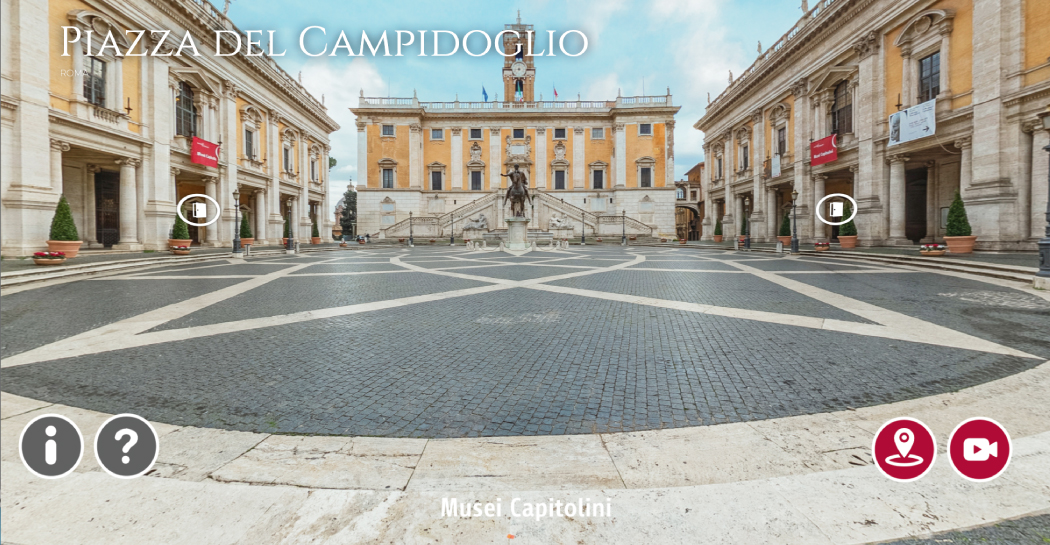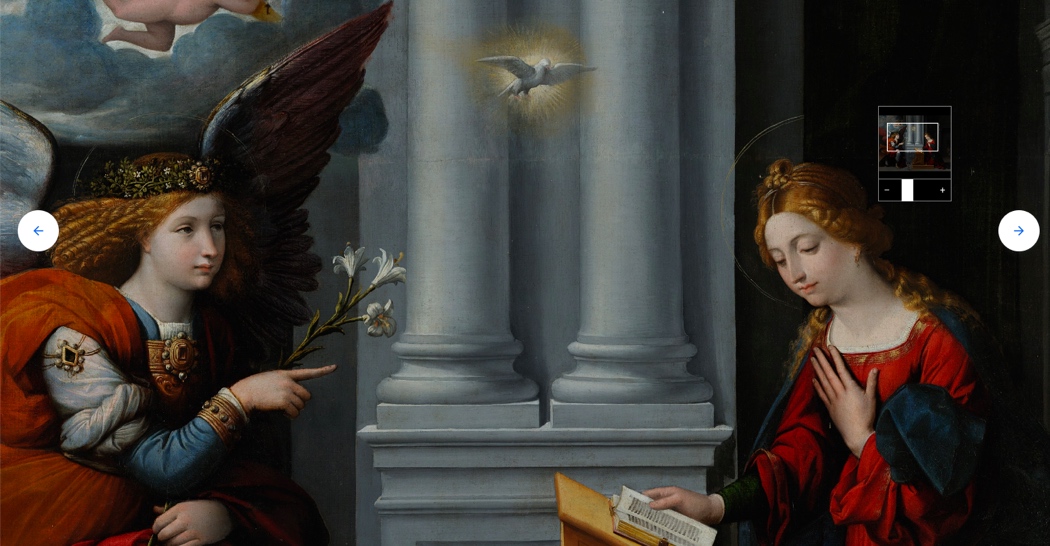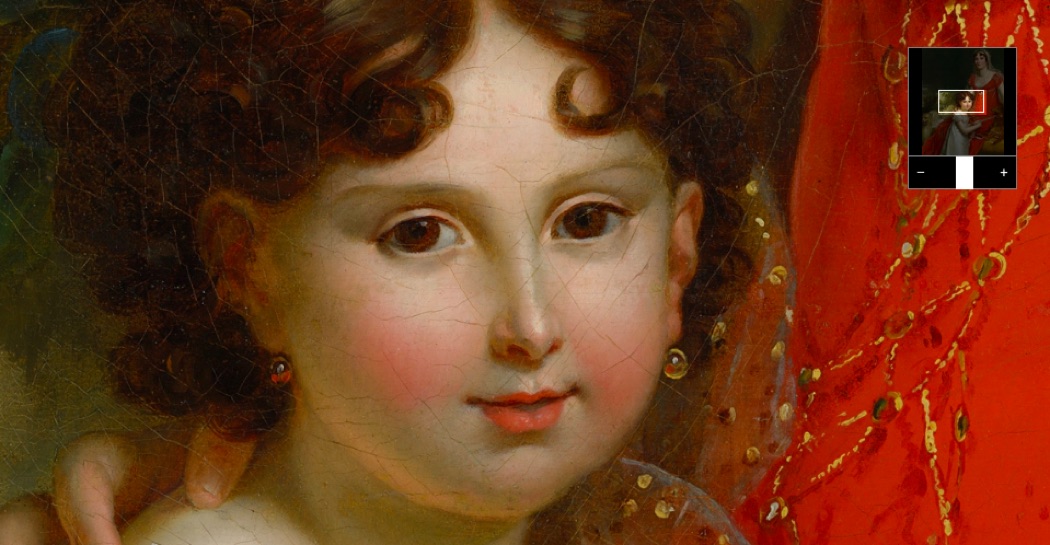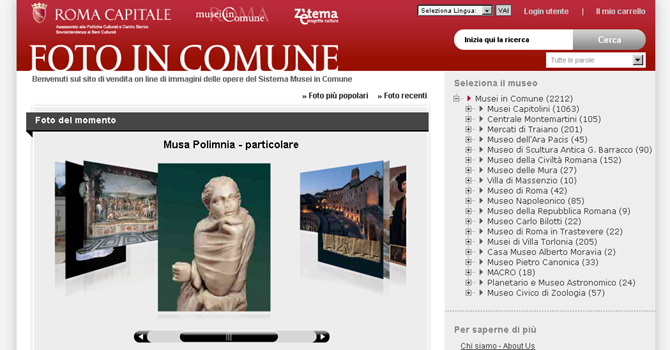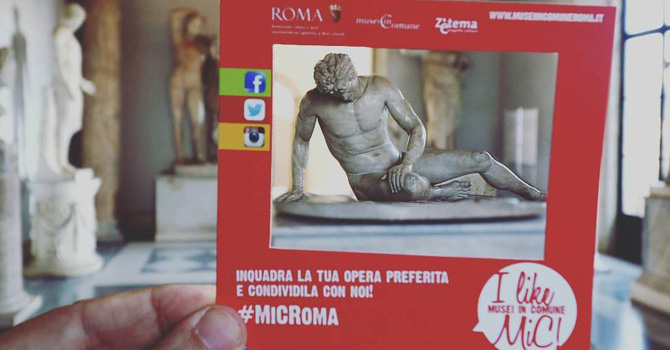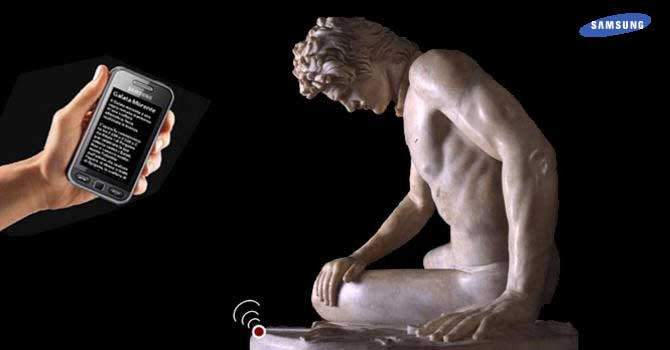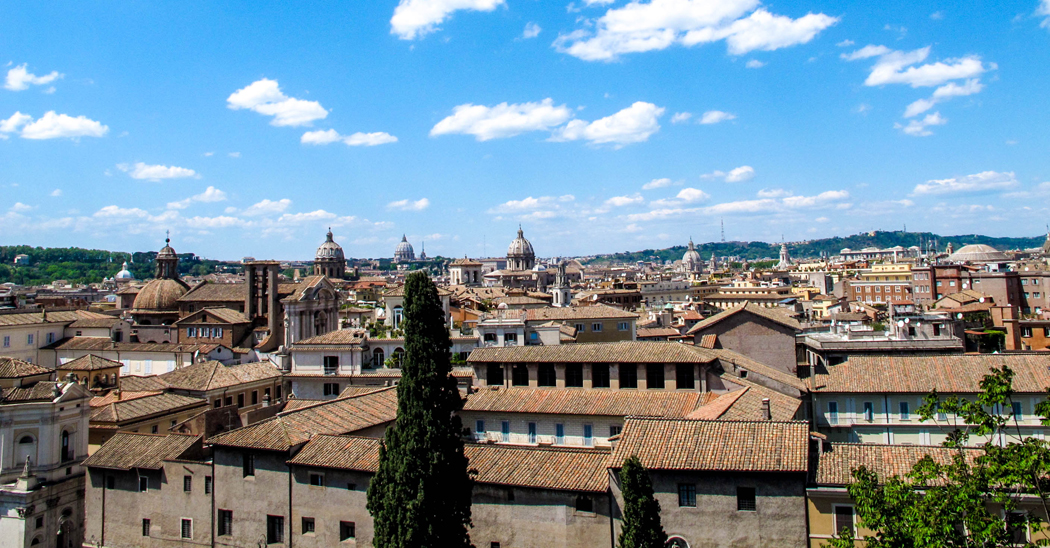Bust of Medusa
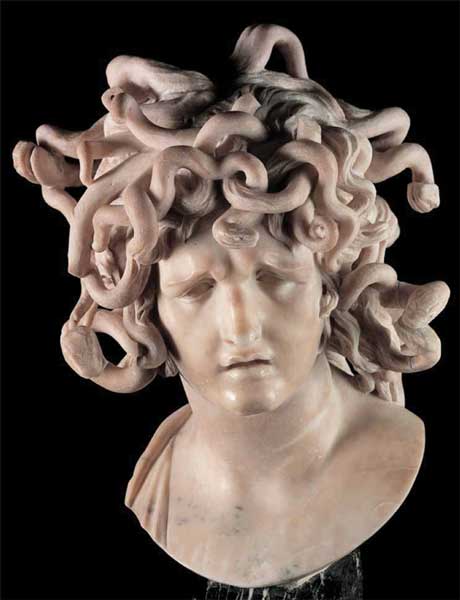
Gian Lorenzo Bernini (1598-1680)
According to Ovid, the mythical Medusa had the power to turn the stone anyone who looked directly at her. Bernini's is a veritable portrait of the most beautiful and deadly of the Gorgons (this is, in fact, a a Bust, and not a truncated Head) at the very moment of her metamorphosis. The classical myth is re-evoked according to the contents of a poem by Giovan Battista Marino ("I do not know if mortal chisel sculpted me thus, / or, in reflecting myself in a clear glass, /sight of myself made me such", from La Galeria, 1630, I, 272): Medusa, looking into an imaginary mirror and seeing her own reflection, is represented just as she realises, with horror and anguish, the mockery of it all. Right before our eyes she is being transformed into marble. Bernini intended his medusa to be a refined Baroque metaphor for sculpture and the virtue of the sculptor, who has the power to "petrify" those who admire his extraordinary ability to use a chisel.
Opere del percorso
The hall
The room's pictorial decorations date back to the mid-XVI century, during the papacy of Pope Paul III
The frieze consists of small panels, with playful scenes set against a background of real or imaginary landscapes, alternating with military trophies and floral and fruit triumphs.
The two bronze geese that give the room its name were placed here in the XVIII century, together with a bronze vase in the shape of a bust of Isis and a head of Medusa by Bernini.


